How often should you mow your lawn? Garden experts share their advice for healthy grass
Lawn experts explain how often you should mow your lawn as the weather heats up, along with sharing top tips and techniques for happier grass
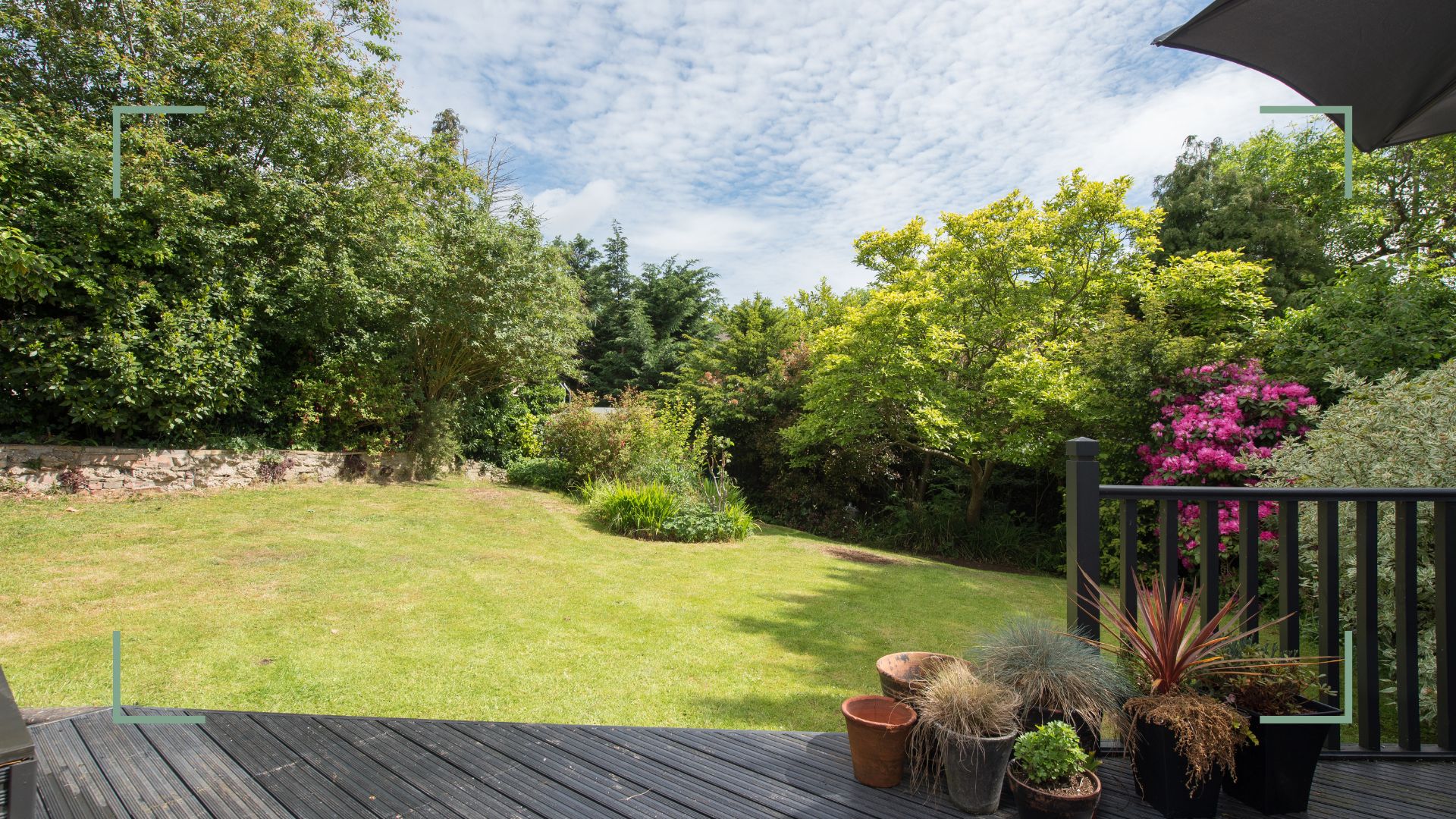

The debate of how often should you mow your lawn has become a hot topic in recent years, often dividing gardeners into two camps – those in favor of frequent mowing for a well-manicured patch and those who are keen to aid the ecosystem by letting the grass grow.
The movement for letting the grass grow longer has been a key garden trend in recent years, where imperfect landscaping is embraced in order to provide a habitat for wildlife. Whichever stance you take it’s important to remember that mowing your lawn correctly increases lawn quality, reduces weeds, and decreases disease. You can mow at different heights to cater to the desired appearance you want for your lawn.
But for now, if you prefer a more manicured look where the need for mowing is greater, our experts are on hand to share their recommendations on how often you should cut the grass – while also revealing the best practices to follow to ensure you're 'mowing right.'
Our team of lawn experts includes a Wimbledon groundsman and lawn care specialists, who all share their professional recommendations on how often you should cut the grass depending on which of the two aesthetics you'd prefer for your backyard.
How often should you mow your lawn? Here's what the experts say
When it comes to how often you should mow your lawn for a well-tended plot the resounding consensus from our experts is at least once a week.
If you are after a Wimbledon-worthy lawn you'll want to mow frequently, and if there's anyone who should know it's Dominic Pollock, a groundsman at AELTC (All England Lawn Tennis & Crochet Club). Speaking exclusively to womanand&home, Dom suggests you should mow your lawn at least, "once a week, twice if needs be."
Miracle-Gro's gardening expert Kate Turner agrees, saying, "It’s important to have a regular mowing routine. From spring to autumn you should aim to mow your lawn once a week, but less often if it has been very dry, (once a fortnight) with your mower blades on a high setting. In periods of drought, do not mow your lawn at all."
Sign up to our free daily email for the latest royal and entertainment news, interesting opinion, expert advice on styling and beauty trends, and no-nonsense guides to the health and wellness questions you want answered.
In summary, little and often is what our experts advise - but ultimately, like when we talk about how often should you vacuum or how often you should wash your sheets, it's a matter of personal choice to suit your lifestyle.
Mowing at this time of the year, the same as knowing when to plant grass seed in spring is totally dependent on climate conditions – which in recent years have become far less predictable.
"As a rule of thumb, we recommend waiting until temperatures are consistently above 8 degrees before you think about mowing your lawn," advises Chris McIlroy, a horticultural expert at The Grass People. "When temperatures are below 8 degrees, your grass is typically in a state of dormancy, where it grows a very small amount."
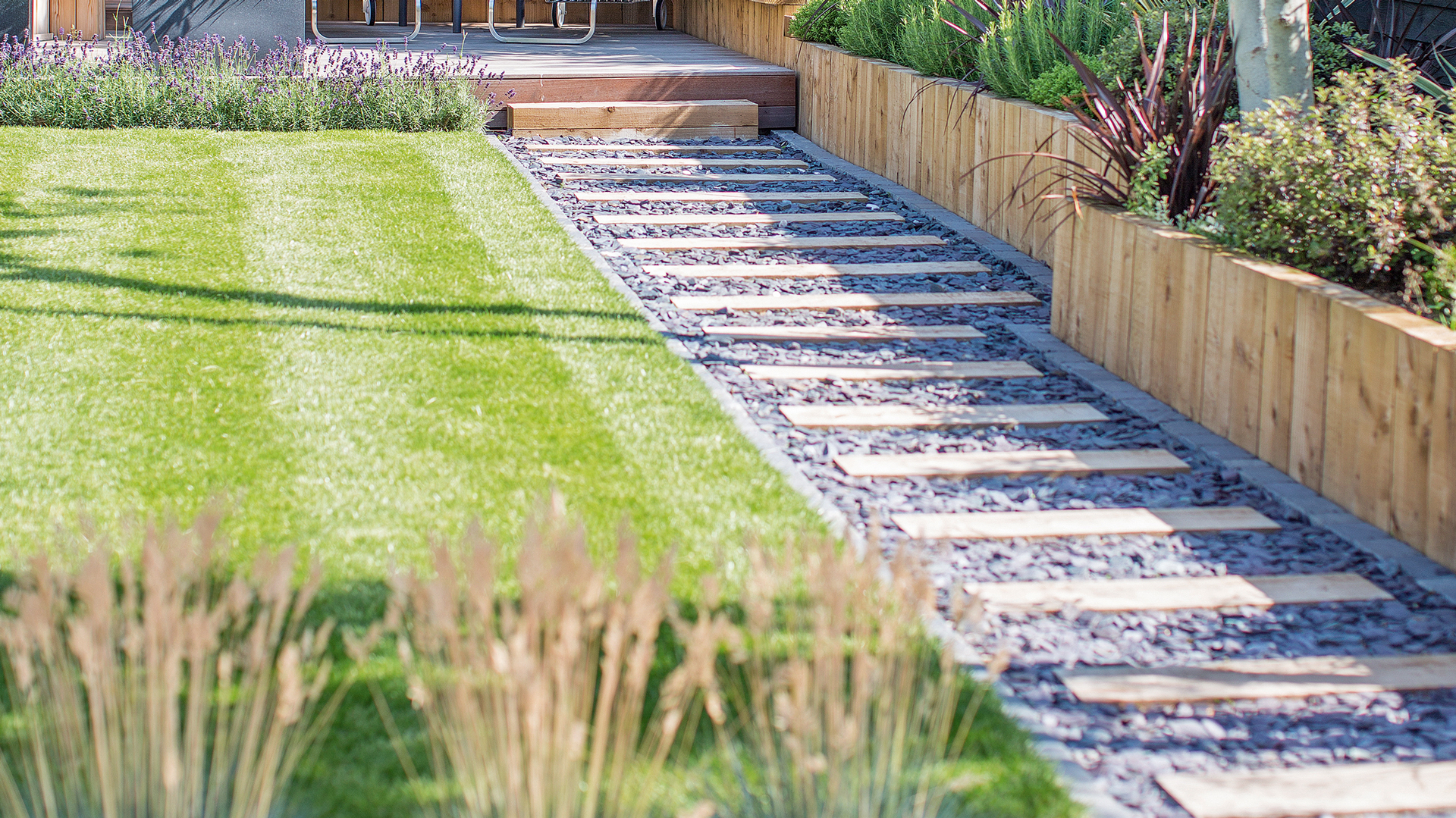
How often should you mow your lawn in summer?
During the summer months, climate conditions will change and therefore vary the amount you may need to mow your lawn, and even how you mow.
"Your grass will grow quicker in the summer, and it’s better to cut little and often than all at once," explains Carlos Real, a lawn care expert, and managing director of TotalLawn. “In the main growing season, the extra sunlight means you want to be mowing every two or three days, or at least once a week if your schedule is tight."
But Carlos warns, "Only mow if you’re committed to watering. If you are watering regularly then you should carry on mowing every two to three days, but if you can’t commit to solidly watering your lawn, it’s best to avoid mowing too often. That’s because heat causes additional stress on the lawn, and mowing will only add to this as it tries to recover."
"As spring progresses into summer, you can mow the lawn more frequently, and at a lower height," adds Peter Chaloner, a lawn mowing expert at Cobra. "As it begins to grow more rapidly as the season progresses – consider leaving it a little longer to help it cope with drier periods – leaving lawns greener and lusher for longer!”
"Cutting the grass too short can strip it of essential moisture and cause it to dry out, whereas a higher cut will help stimulate grass growth and encourage the blades to thicken over time," Peter explains.
"For lawns which include varieties such as Perennial Ryegrass, usually hardwearing and family-friendly grasses, aim for a blade height of 4cm which is the medium level on most mowers," advises Chris. "For fine-leafed, ornamental style lawns which include a high proportion of fescues aim to cut to a height of 2cm."
When is the best time to mow your lawn?
Generally speaking, the best time to do any gardening job is in the early hours or late in the day, to avoid the sun. This is as crucial for your lawn and best garden plants as it is for you because the powerful rays can be harmful.
While mornings are a prime time to mow you should avoid cutting in the mornings if there have been showers or frosts overnight, Dom advises, "don't cut wet grass to avoid causing unnecessary stress."
Kate also advises on when is best to hydrate the grass. "If you are going to water your lawn, do this in the evening. It is often too hot during the day so the water will evaporate, and you will scorch the lawn."
Does cutting grass encourage growth?
"Yes, it does! This is why you should have a regular mowing routine," explains Kate. "Mowing will allow the grass to thicken and encourages the grass to branch out. The more you mow, the thicker the lawn gets. This also helps to stop pesky weeds from sprouting up. Remember not to mow too short though, as this can damage the grass."
So, as tempting as it may be to rushedly mow your lawn before hosting a garden party, don't cut your grass prematurely – stick to the guidelines when it comes to when to first cut grass after winter and thereafter.
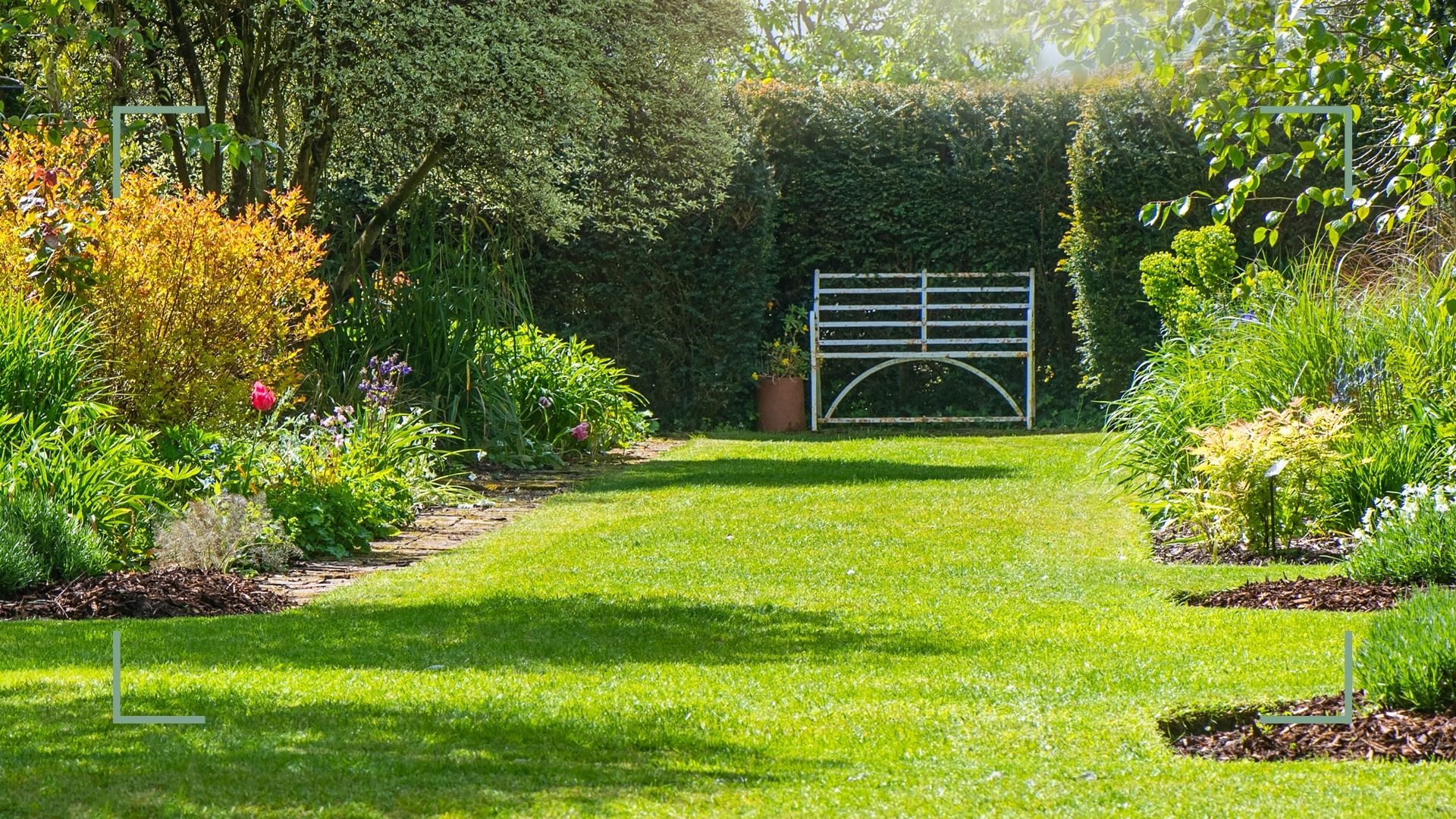
Tips to mow your lawn like a professional
Mowing your lawn feels like a simple enough task, but there are surprisingly common mistakes we're probably all making without even realizing it. Our experts share their tips to combat common lawn care mistakes to avoid to ensure a luscious, healthy lawn in no time.
If you're feeling especially green-fingered after tending to your lawn, check out our top gardening tips guide.
1. Don't cut the grass too short
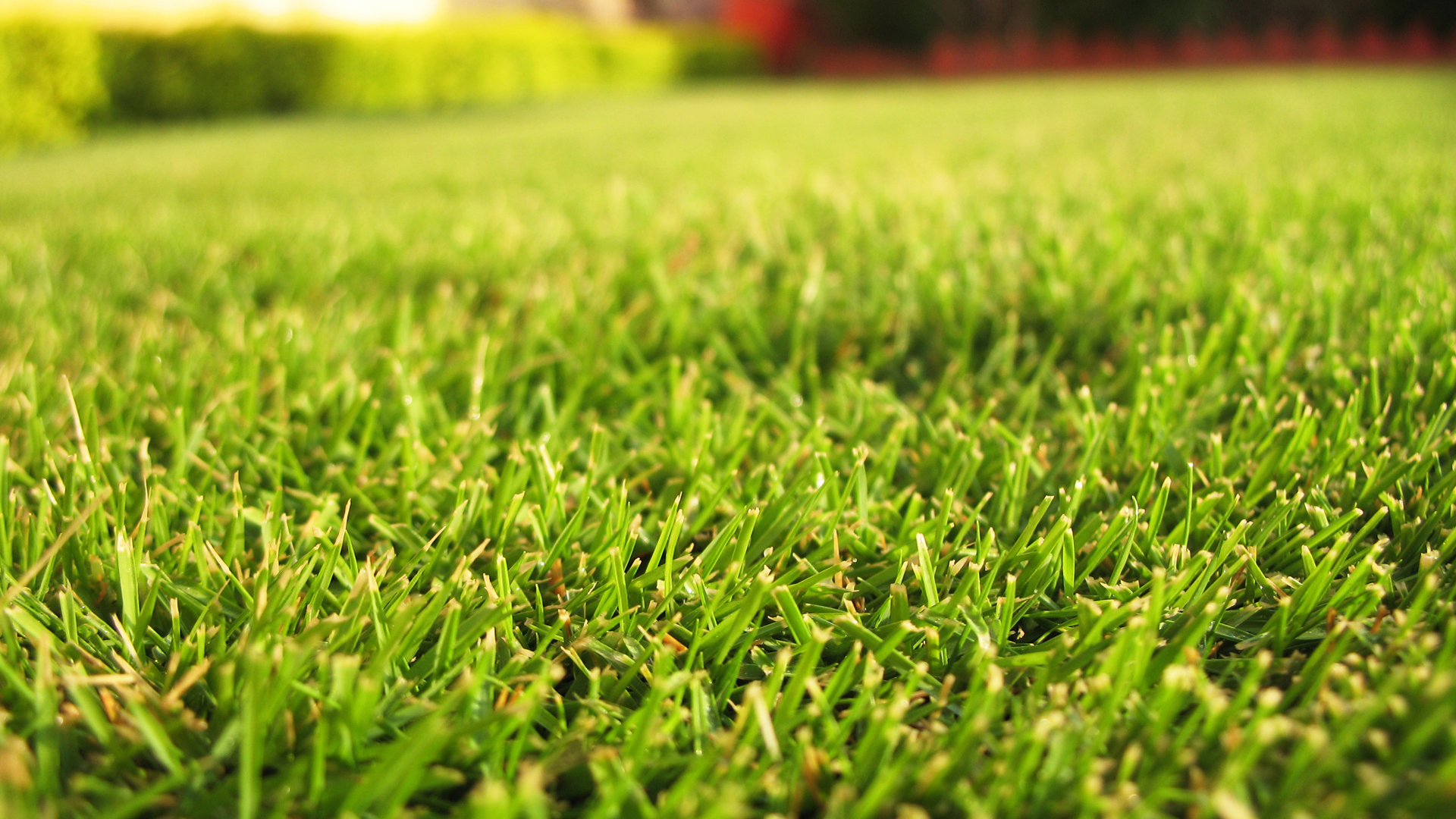
The length of the leaf is crucial to a healthy lawn. “In general, you shouldn’t take off more than one-third of the height in a single mow, as this will put the plant under unnecessary stress, and it may discolor if you overdo it," advises Carlos.
"Remember to adjust your blade height as necessary, and if you have the desired height, it’s best to be patient – it may take a couple of mows to get there!”
2. Speed things up
Don't think the highest setting is damaging the grass, your mower has been designed to be super-efficient for good reason. “Remember to always choose the optimum speed for your mower as it will result in a much better cut" explains Carlos.
"Some mistakenly believe that cutting at full speed damages the mower’s engine and shortens its life, but the truth is all mowers have been created with full speed for a reason – it’s best to use it!”
3. Avoid only mowing in straight lines
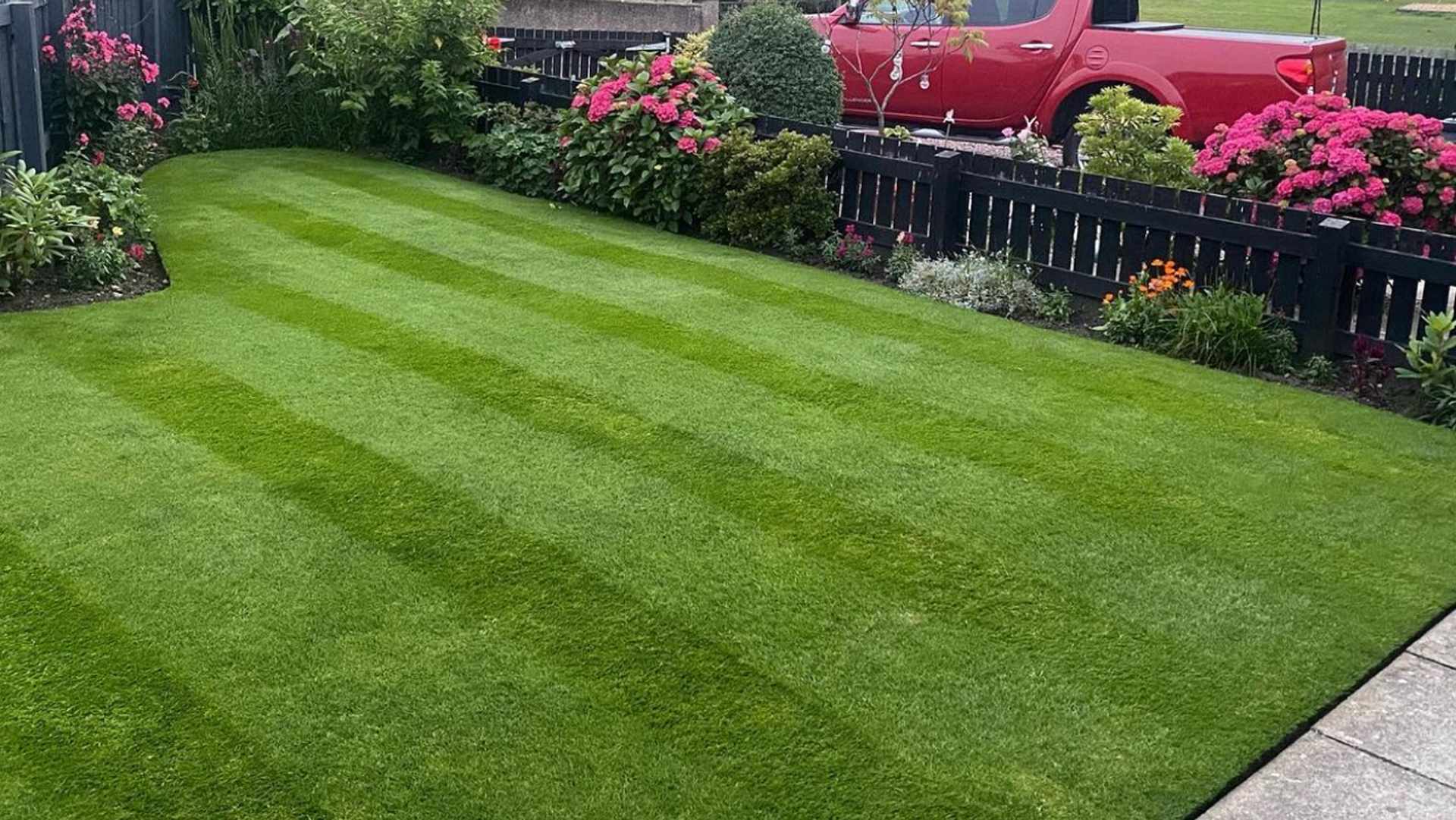
While everyone strives for a beautifully striped lawn it turns out the motion of only moving in straight lines could be damaging your grass. "Varying your mowing pattern is good for your lawn over time as it means you’re not repeatedly forcing the grass to bend in one particular direction," explains Carlos.
"Instead, one week start at the top of your garden and finish at the bottom and alternate it the next time you mow. This will make the stripes look slightly different, and result in stronger and more resilient grass over time.”
4. Benefit from leaving grass cuttings on top
Avoid the temptation to box off after mowing, i.e remove the excess cuttings. While removing them allows you to stand back and admire your new neatly cut lawn you are in turn depriving your lawn of natural goodness.
"There are valuable nutrients in the clippings," Dom explains, "so if you don't have to remove them for appearance I'd recommend leaving them."
5. Frequently clean your mower
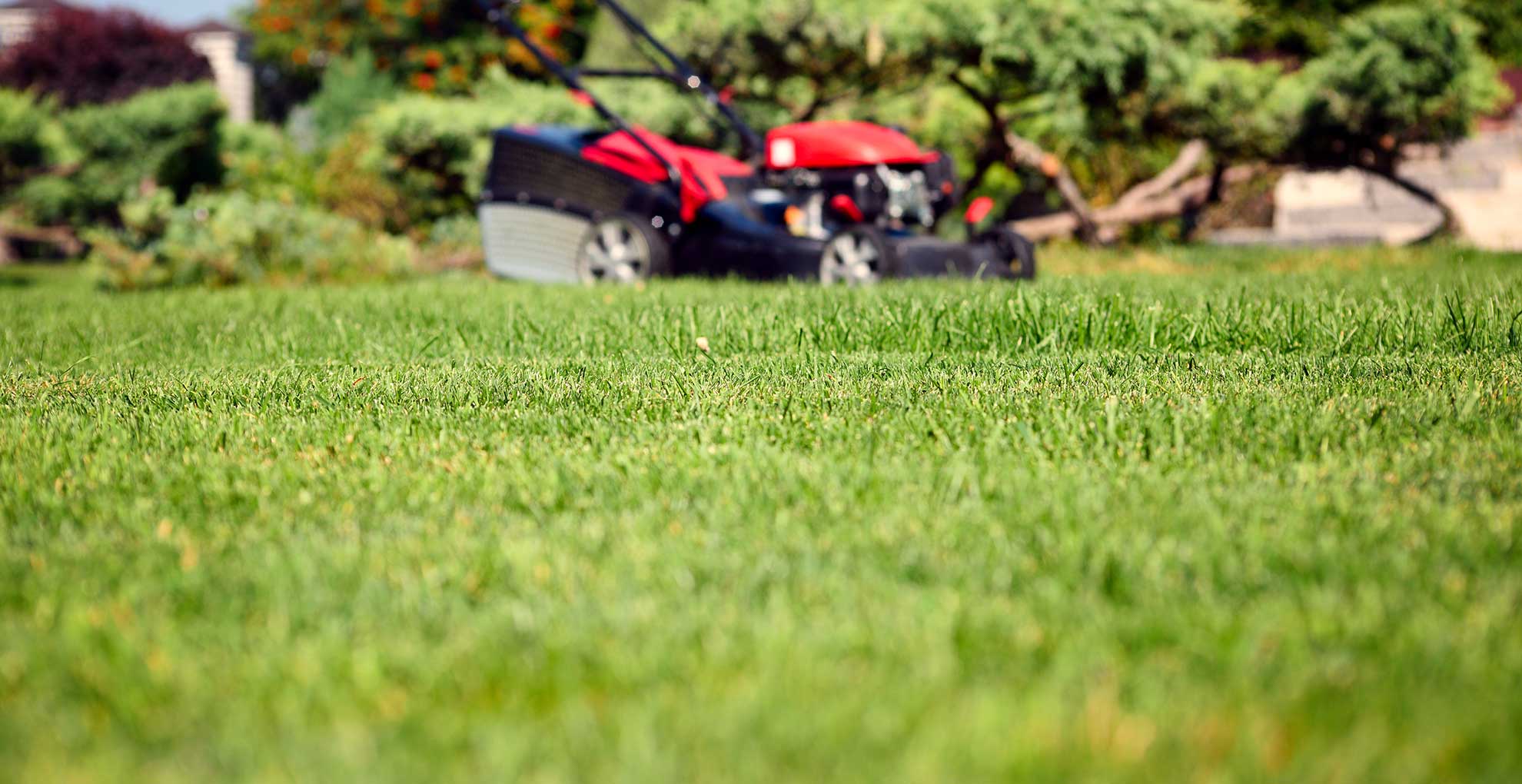
It goes without saying that you'll always get better results when you keep your lawn mower in tip-top condition.
“It can be tempting to leave your mower for a while after you’re done with your lawn, but the longer you leave it, the harder the grass clippings are to remove," warns Carlos. "A build-up of clippings will result in your mower overheating the next time you cut, which can cause it to break down – an expensive mistake to make for something that would only take you a couple of minutes at the end of each mow!”

Tamara is a highly experienced homes and interiors journalist with a career spanning over 22 years. Now the Lifestyle Editor of womanandhome.com, she previously spent 18 years working with the style teams at Country Homes & Interiors and Ideal Home. With these award-winning interior teams, she gained a wealth of knowledge and honed her skills and passion for styling and writing about every aspect of lifestyle and interiors.
A true homes and interiors expert, Tamara has been an ambassador for leading interior brands on multiple occasions, including appearing on Matalan’s The Show and presenting at top interior trend forecasting events such as the Autumn Fair and Spring Fair.